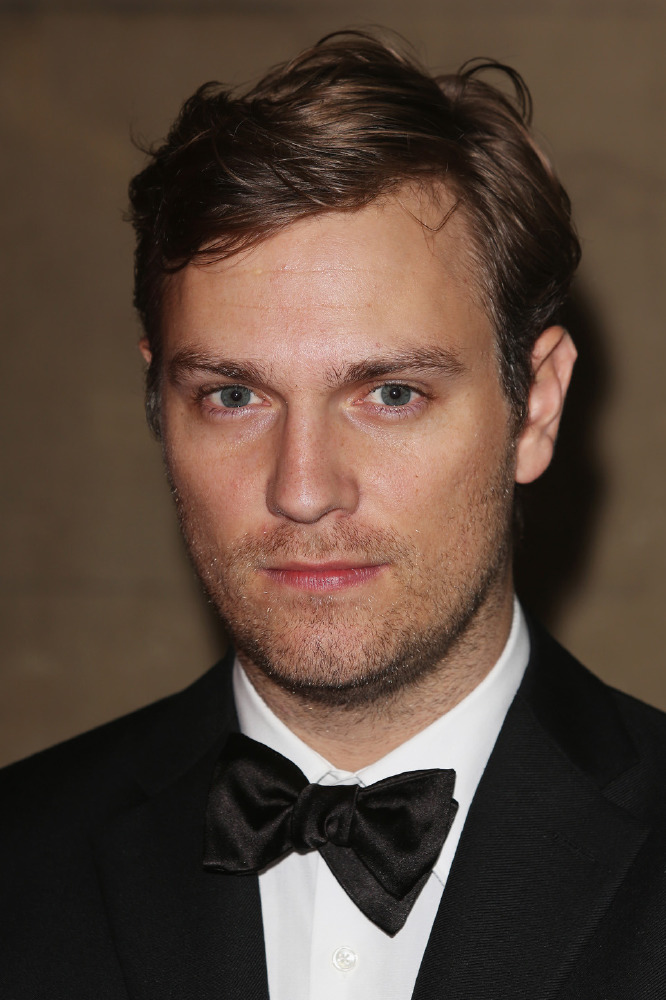
Zachary Heinzerling
Zachary Heinzerling is set to make his feature film directorial debut with documentary Cutie and the Boxer.
We caught up with the filmmaker at the BFI London Film Festival to chat about the film and how he met Ushio and Noriko Shinohara.
- Cutie and the Boxer is the new film so can you tell me just a little bit about it?
It is a love story between two Japanese artists who live in Brooklyn. Ushio Shinohara became famous in the sixties for his action paintings, and the story picks up with him and his wife Noriko today.
It is really a film about Noriko's escape from Ushio's shadow as a more famous artist and her growing independence from him and establishing herself as an artist in her own right after years of being his wife, assistant, cook and manager: all of the things that you deal with when you are putting up with an egotistical husband.
- Where did this film start for you? And what sparked your interest in these two fascinating people?
I met them in 2008 at an open studio day: it is a day when artists open their studios to the public. I shot for an afternoon, both stills and video. Immediately I knew that visually I could make something interesting as they have this old studio loft space that has been in the same condition for the last forty years.
They live a very authentic, romantic in a way, artist lifestyle: that doesn't really exist in New York any more. They live only for art, they struggle financially and yet they maintain this drive.
It felt like they were the last of a dying breed of this sixties/seventies art scene that fascinated me as an art student and someone moving to New York. That period really defines the art scene in many ways, even today: they represented that.
I think it was like being in a time warp when you were in their space and yet the both had the same energy and vitality of someone much young - that was really inspiring. I just always wanted to be around that energy.
It started out as more of a friendship and more of a fascination: I was twenty-four at the time and I was interested in these people and what I could learn from them. Then I started filming and it began a film that was more about art: the easiest entry point for me was to talk to them about their art.
Then I became much more interested in the conversations that they would have and the relationship as a subject: specifically the level of depth to that relationship of that intensity and length.
- Visually, it is a very interesting movie with both the colour scheme and the music. So do you decide pretty early on for the look that you were going to for for the film?
No, not really. The only decision made early on was to use the older Nikon lenses that gave a softer and weathered look. We de-saturated the colour scheme and highlighted these pastel colours that were prevalent in the clothes that they wore. That was conscious.
We wanted it to have a very distinct tone that would separate itself from other documentaries. The space limited itself to being filmed in a controlled way, occasionally we would bring in this lighting for a specific scene.
Sound was never as much of an issue as we were always in their space. We had time to get the shot and so we were able to be picky about the kinds of shots that we wanted.
I wanted the music to be distinct. A friend of mine sent me some music of a saxophone quintet, the feel and texture was like something that I had never heard before: I had never heard the saxophone played in that kind of way.
I was looking for a slightly more sombre score, but the sound that they produced had this crazy marriage of being whimsical and soulful as well as being serious: I think that tone matched the film really well and matched their characters.
- Can you tell me about the editing process and challenging it was putting all of these hours of footage together?
The editing was really the creation of the movie as we spent about a year editing. It was complicated by the fact that it is Japanese, and so we had to subtitle all of the dailies. But the editing process was really this process of writing a story and tilting the film in different directions.
It started out as a slightly more even narrative - parts Ushio and parts Noriko - but it becomes mostly told from Noriko's point of view in the edit.
In addition, the inclusion of the animation was something that we did in the edit. We found a lot of the archival footage in the edit as well: that also changed the scope of the film significantly.
- Finally, what's next for you?
I am currently writing a narrative script as I am trying to a fiction film. I do DP work and so I am shooting a friend's documentary at the moment.
I would love to do another documentary, but it is just a case of finding the right subject: that hasn't happened just yet. Right now, I am trying to create a story instead of going out to find one.
Tagged in BFI


